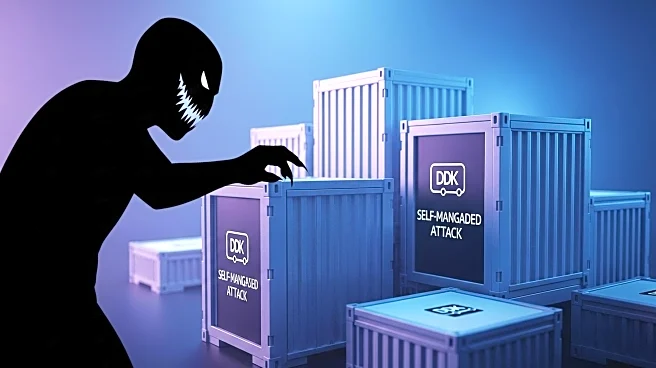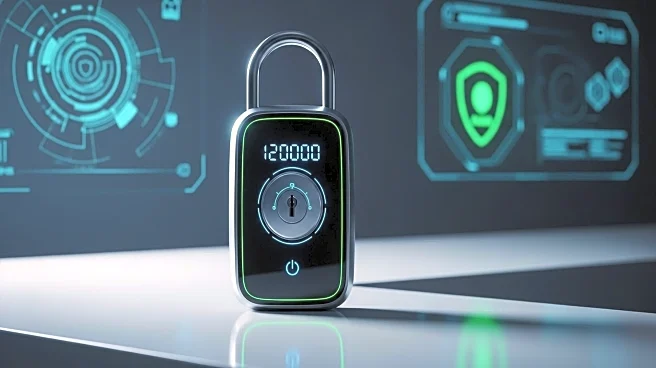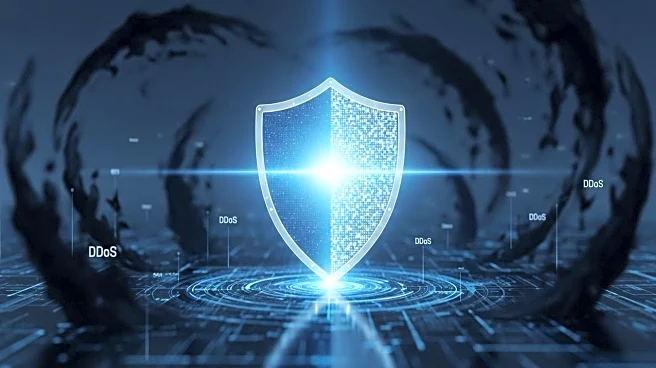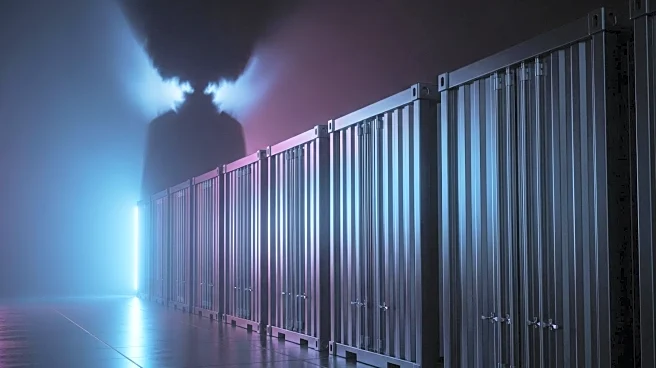What is the story about?
What's Happening?
A new distributed denial-of-service (DDoS) botnet, named ShadowV2, has been identified by Darktrace. This operation targets misconfigured Docker containers and offers a service model where customers can launch their own attacks. The botnet utilizes a Python-based command-and-control platform hosted on GitHub CodeSpaces, integrating traditional malware with modern DevOps technology. Attackers initiate the infection chain with a Python script on GitHub CodeSpaces, interacting with Docker to create containers. These containers are deployed on AWS cloud instances accessible from the internet. The malware employs several bypass mechanisms, including HTTP2 rapid reset and spoofed forwarding headers. The C&C server is protected by Cloudflare, and the platform operates as a DDoS-as-a-service, allowing customers to rent access to the infected network for their own campaigns.
Why It's Important?
The emergence of ShadowV2 represents a significant shift in the DDoS landscape, as it allows individuals to conduct attacks independently, potentially increasing the frequency and scale of DDoS incidents. This development poses a threat to businesses and organizations relying on cloud services, as it exploits Docker container vulnerabilities. The service model could democratize access to powerful cyberattack tools, making it easier for less skilled actors to launch attacks. This could lead to increased costs for cybersecurity measures and potential disruptions in service for affected companies, impacting their operations and customer trust.
What's Next?
Organizations using Docker containers and cloud services need to enhance their security protocols to prevent exploitation by ShadowV2. Cybersecurity firms may focus on developing detection methods for unusual Docker API calls and scripted container lifecycle events. As the platform evolves, defenders should anticipate modular upgrades and new tenancy models. Companies may need to invest in advanced threat detection systems and employee training to mitigate risks associated with this new DDoS-as-a-service model.
AI Generated Content
Do you find this article useful?













